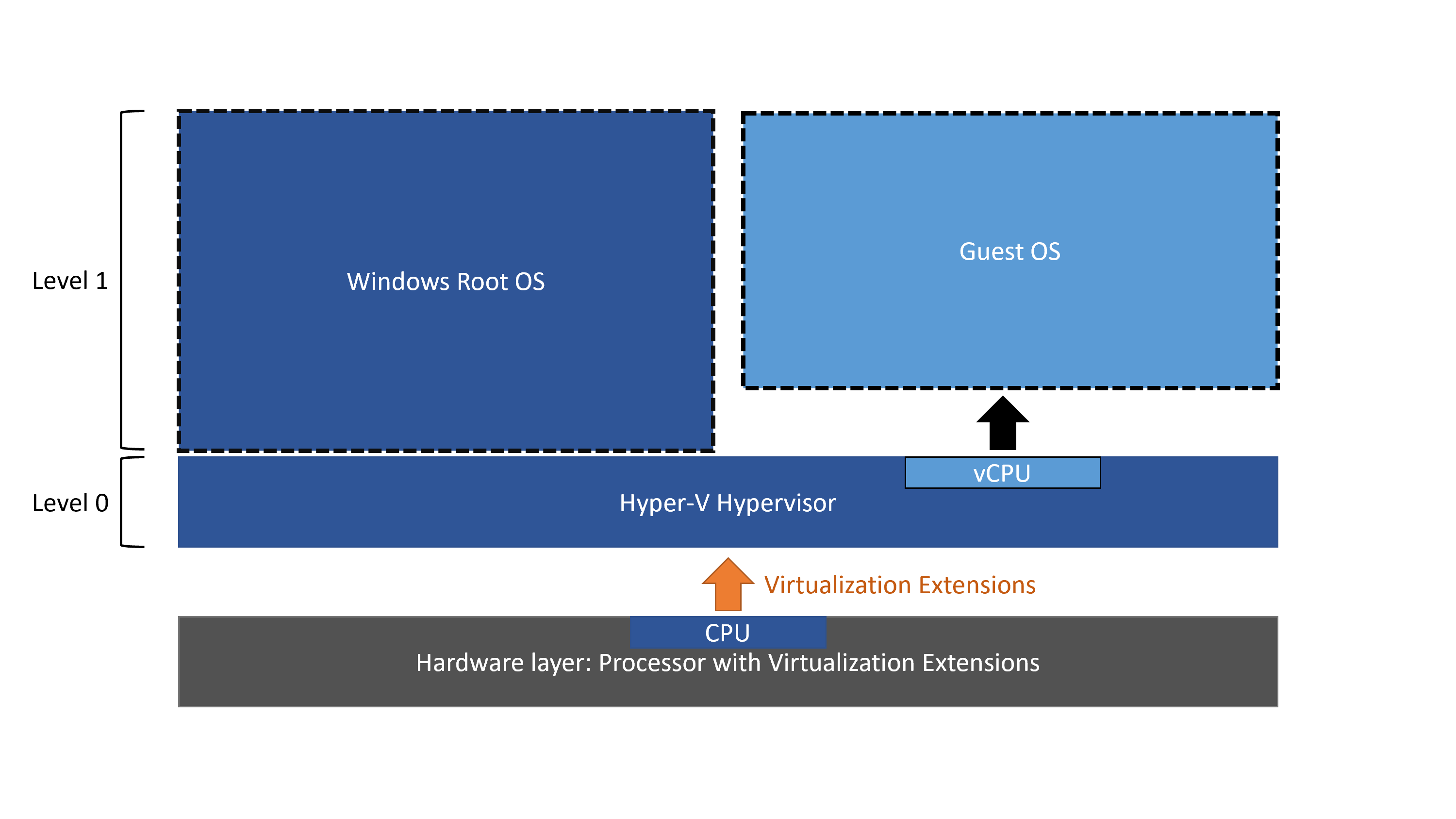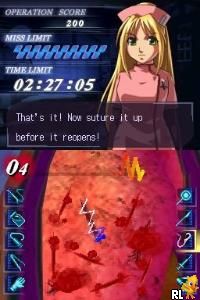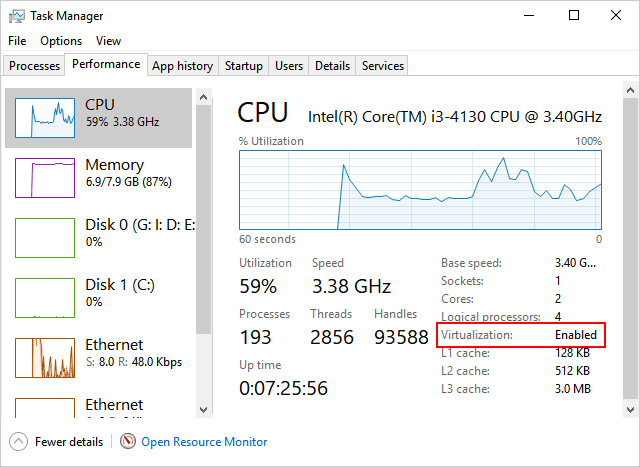

- ENABLE VIRTUALIZATION MAC OS X FOR MAC
- ENABLE VIRTUALIZATION MAC OS X MAC OS X
- ENABLE VIRTUALIZATION MAC OS X INSTALL
- ENABLE VIRTUALIZATION MAC OS X FULL
ENABLE VIRTUALIZATION MAC OS X FULL
DOSBox, because DOS programs use low-level BIOS interrupts and real CPU modes, so full emulation is required. While graphics and general UI responsiveness will be slow, with KVM, as long as you have some powerful CPU, such as a newer Intel i7 or Ryzen 7, the software will run very fast.Ĭompare the efficiency of KVM to e.g. With KVM, x86 virtualization provides near-native performance, which means that CPU calls from the Mac virtual machine are routed directly to your processor in a safe manner without emulation penalty of any kind.

ENABLE VIRTUALIZATION MAC OS X INSTALL
It's as simple as: $ sudo dnf install start the libvirtdsystemd service and check if the kvm kernel module is running. Then install the Kernel Virtualization Manager (KVM) and QEMU. (For example, on my Ryzen system, this is an "AMD SVM" setting that must be enabled in the BIOS.) Enable it in your BIOS/UEFI before continuing. And with Parallels Server for Mac, XServes should be able to have the power to run OS X, Windows and Linux server operating systems all on one piece of hardware.Your CPU should support virtualization such as Intel VT or AMD-V. SWsoft's Ben Rudolph said that for many Mac users, it is the "holy grail" of XServes to run multiple, isolated, near-native instances of OS X Server on the same box, at the same time. This could be great news as well when SWsoft/Parallels launches its server based virtualization product for the Mac. So PC users, you're still going to have to shell out extra money for that Intel-based Mac if you want to run OS X Server. The change also requires you to have a license for each virtualized instance and it still has to be running on Apple hardware. The trick - the licensing change only applies to Leopard Server and not to the desktop edition that many of us are using today. The treat - it seems evident that Apple is loosening up its licensing to allow their OS to get virtual.

ENABLE VIRTUALIZATION MAC OS X MAC OS X
You may also Install and use other copies of Mac OS X Server Software on the same Apple-labeled computer, provided that you acquire an individual and valid license from Apple for each of these other copies of Mac OS X Server Software. This License allows you to install and use one copy of the Mac OS X Server software (the "Mac OS X Server Software") on a single Apple-labeled computer. Now, it looks as though a subtle change has been made to Apple's End User License Agreement (EULA) in the new Leopard Server operating system.

Which pretty much ruled it out as a guest operating system even though both VMware and Parallels said it was "possible" to virtualize the OS. So it was a one license, one machine EULA. Apple stated that the license only allowed you to install and use one copy of the Mac OS X Server software on a single Apple-labeled computer at a time. If you remember the long, drawn out discussions in the past, the idea of virtualizing Mac OS X was clear. The good news, however, is that there is definitely change in the air. Is this a Halloween trick? Or treat? I suppose it depends on the way you look at it. But in this case, we are actually talking about virtualizing the Mac OS itself.
ENABLE VIRTUALIZATION MAC OS X FOR MAC
When we talk about virtualization on the Apple Mac platform, we are usually talking about virtualizing Microsoft Windows or Linux operating systems as guest operating systems on either VMware Fusion or Parallels' Desktop for Mac products.


 0 kommentar(er)
0 kommentar(er)
